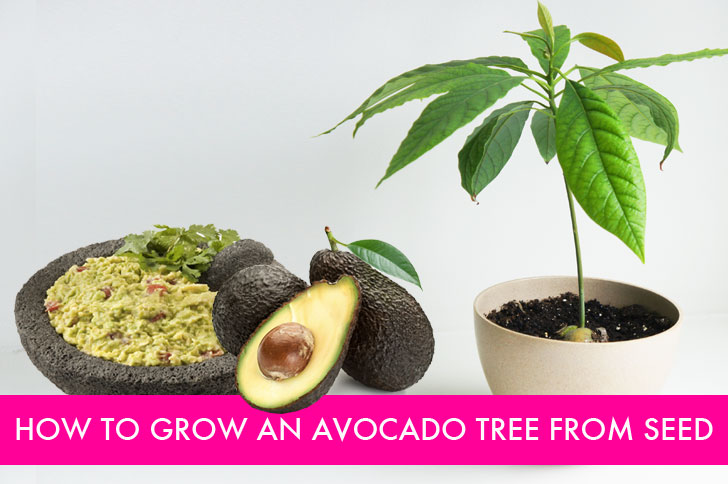Aside from being delicious, avocadoes are packed full of vitamins and nutrients that are good for your body. It offers a handful of health benefits that you may not have known before. For instance, it reduces the risk of developing heart diseases, cancer, and eye degeneration. You can actually easily grow your own avocado tree if you want to have a year-long supply of this nutritious fruit. Once you start growing it, maintenance won’t be any more difficult than the maintenance of any other plant. You’ll even get the added bonus of fresh avocadoes. Here’s how you can grow an avocado tree from the avocado pit.
Materials:
- 1 avocado pit
- 4 toothpicks
- Wide-mouthed container
- Scissors
- Pot
- Potting soil
- Peat moss
- Perlite
Procedures:
1. Prepare the pit. Avocado pits loses its viability if it’s not used immediately so you’ll need to start germinating the pit as soon as you’ve removed it from the fruit. But before you start, rinse the seed well first then dry.
2. Insert the toothpicks. Stick one toothpick into each of the four sides of the avocado pit at about mid height. Make sure that the toothpick is secure and that there’s still quite a length of toothpick sticking out from the pit. The toothpicks will allow the suspension of the pit in water, with the top half exposed in the air.
3. Suspend the pit in water. Fill a glass or any wide-mouthed container with room temperature water. Place the avocado pit in the container such that the more pointed end is facing up, the wider end is facing into the container, and the toothpicks rest on the rim of the container. Also, make sure that about 1 cm of the bottom of the pit is submerged in the water in the container.
4. First maintenance. As you’re waiting for the seed to germinate, remember to replace the water in the container at least two or three times every week. This will ensure that the seed is receiving fresh water and will prevent the growth of moulds.
5. Pot the seed. The stem should sprout in 2-6 weeks. Once the stem reaches about six inches long, trim it in half with a pair of scissors. In a pot, mix one part potting soil with one part peat moss and one part perlite. Position the seed in the mixture such that the top of the seed is protruding out above the soil level.
6. Second maintenance. Avocadoes are sun-loving plants so make sure you place it somewhere it will receive sufficient direct sunlight for adequate growth. Otherwise, the plant will grow with a tall stem but small leaves, depicting an unhealthy development. It’s best to keep it outdoors especially during summer but remember to move it indoors once temperatures begin to dip at late summer or fall evenings. Water the plant regularly but not too often or with too much water or else it will drown.
Benefits of Avocadoes
Unlike most fruits which consist primarily of carbohydrates, avocadoes are rich in healthy fats. They are also rich in several other nutrients including vitamin K, folate, vitamin C, vitamin A, vitamin B6, vitamin E, and many more. In fact, avocadoes contain more potassium than bananas and are also very rich in fiber.
Avocadoes are known to lower cholesterol and triglyceride levels because of its high heart-healthy monosaturated fatty acid content. This fat also allows you to absorb nutrients from other plant products more efficiently thereby increasing your nutrient intake from the other plant foods you eat. This can increase the amount of antioxidant your body takes in consequently improving your overall health by getting rid of the damage-causing free radicals in your body. The increase in antioxidant intake and the antioxidants from the avocado itself can then reduce the risk of cataracts and macular degeneration.
Moreover, avocado can inhibit the growth of some cancer cells and lower the side effects of chemotherapy in human lymphocytes.









